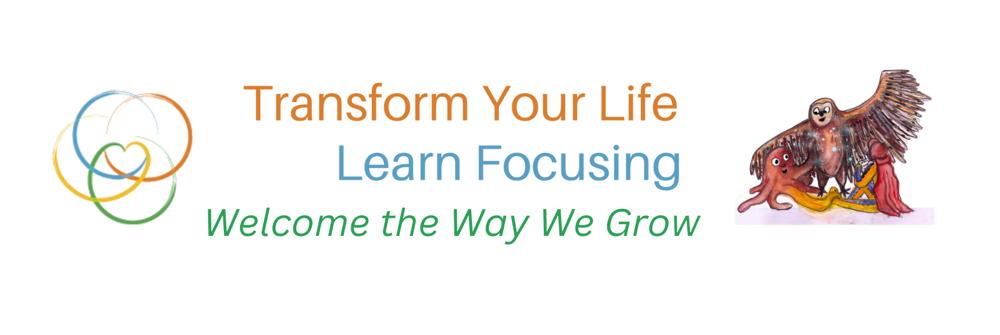HEALTHY FOOD FOR FOCUSING
The first that came up is our gut health. A healthy gut flora is enhanced by PROBIOTICS and this homeostasis plays a LARGE role in our brain development. Interestingly, these probiotic or healthy gut bacteria do best with a proper diet as well and for them, these are prebiotics – non-digestable complex carbohydrates. We do not digest the prebiotics – our probiotic bacteria do. If you would like to feed your gut flora some foods that enhance their well-being, here are some choices you might consider: onions, garlic, honey, legumes, dandelion greens, asparagus, artichokes, bananas, wheat, oatmeal, red wine, breast milk. Research has also shown that eating sweetened yogurt as our sole source of probiotics is not recommended as a way to enhance our gut health. The added sugar feeds Candida in ways that seem to counter the benefits of introducing more healthy gut flora. Fresh fruit added to plain yogurt is a much better option. And even better, be sure you are getting your probiotics from a variety of sources like sauerkraut, miso, kimchi or kombucha.
BRAIN-DERIVED NEUROTROPHIC FACTOR
And the second jewel that stood out for me throughout the day is BDNF. BDNF is Brain-Derived Neurotrophic Factor. I know it previously as like a Miracle Grow or fertilizer for our brains. Probiotics increase BDNF as do antidepressants, cognitive behavioral therapy and voluntary exercise. BDNF promotes neuron re-wiring, strengthens synapses, stimulates neurogenesis and overall improves our mood and memory. Good stuff. Thus, we want to be moving and voluntarily exercising to support our Focusing practice. My Focusing sessions in which I invite whatever would like to come to my awareness often have shown me how much my body loves to move. We tend to start our Focusing practices seated with our eyes closed; however, our overall goal is to be Self-in-Presence and open to aha moments as we go about our daily lives, eyes open, moving, interacting. I invite you all to notice what was in place or supported you in making this shift?
WALK & TALKS
I am reminded me of some retreat exercises I’d done in my past called Walk & Talks. Essentially, people paired up and went for a walk. Each person took 15-20 min to talk and the companion practiced compassionate non-judgmental listening. I remember distinctly feeling a strong attachment with one companion I had such that the two of us stayed in touch for years after that retreat. Our mutual sharing was that powerful. With the weather improving, this research has inspired me to explore this ‘Walk & Focus’ concept in our more advanced classes this summer – let’s see if we can Focus effectively while taking a walk with our companion. The BDNF will potentially be flowing more as we move and our brains will feel that support. Let’s be curious together about how Focusing and movement co-create within us!

Here is an artist’s depiction of the thriving aliveness she felt in her brain during her first Guided Focusing Session. Thank you Anne McAllister!
THE POWERFUL PAUSE
And lastly, when Dr. Ted came to the part of the day that emphasized what we can do to support calming our brains, he frequently brought up the PAUSE. Oh, now if that does not bring us all a big smile! There is research showing that slower decisions allows us to consider all the consequences and come to choices that feel like they benefit the whole team. This process occurs in our prefrontal cortex and they have some aspects of the holding it all process mapped out to a specific part of the prefrontal cortex. For example, the pause helps us replace bad habits with good habits and this happens in our ventral striatum and anterior cingulate cortex. Our replacement behavior must also replace the pleasure or reward produced by the bad habit and pausing in that moment allows us to identify causes and triggers. Research shows that “just don’t do it” is not a good long term strategy and that it helps to have a habit replacement partner. Focusing practice teaches us the same things – acknowledge and accept the bad habit and invite a companion. Understanding the bad habit is actually our short-cut to arriving at a habit that feels thriving. And good habits that feed our minds and bodies are like best friends that we can always use more of.
Ok, that feels complete for now. I’d love to hear any thoughts, comments, ideas this brings up for you.

Leave a comment: